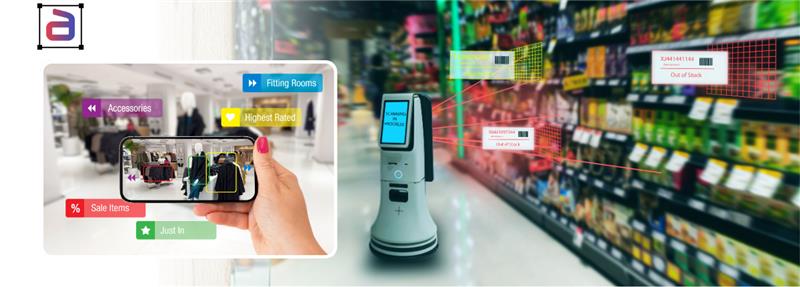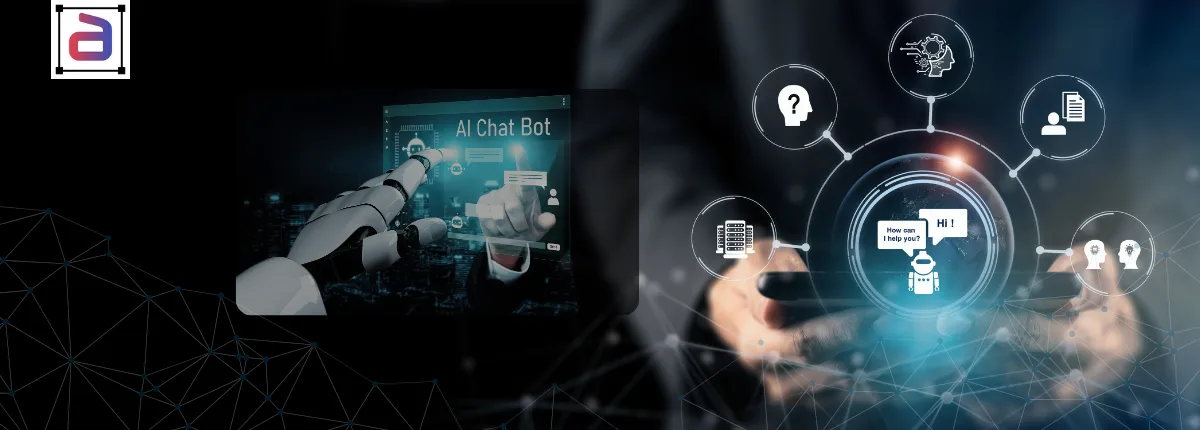Voice AI has evolved from being a novelty in science fiction to becoming an integral part of daily life. We ask Siri to check the weather, rely on Alexa for reminders, and use voice assistants in cars and workplaces. Enterprises use voice AI for call routing, customer sentiment detection, and fraud prevention. But while these applications seem seamless to end users, they rely on the meticulous work of audio annotation, including phonetic labeling and speaker identification.
These processes make the difference between an AI that misunderstands accents or mixes up speakers, and one that feels intuitive, human-like, and secure. Without phonetic precision, voice AI systems struggle to handle diverse pronunciations and noisy environments. Without speaker identification, systems can’t personalize interactions, segment conversations, or provide secure authentication. Together, these two capabilities form the backbone of advanced voice AI.
What is Phonetic Labeling?
Phonetic labeling breaks speech down into its most granular sound units—phonemes. Every language is built from these units, but the way they are pronounced varies across accents, dialects, and cultural contexts. Phonetic labeling and speaker identification involve tagging speech data at the sound level to capture pronunciation and voice nuances. By marking phonemes and distinguishing individual speakers, this process enhances speech recognition accuracy. Moreover, it enables AI systems to understand diverse accents, tones, and speaking styles, ensuring more natural and responsive voice-based interactions. By annotating these phonemes carefully, AI models learn to map raw audio to accurate words and meanings.
For example:
- Distinguishing homophones like “there” vs. “their” by analyzing subtle phoneme differences.
- Handling accent variations—“schedule” pronounced with a soft “sh” in the UK vs. a hard “sk” in the US.
- Capturing stress and intonation in tonal languages like Mandarin, where pitch alters word meaning entirely.
Phonetic annotation also helps AI disambiguate words in noisy environments, recognize slang, and adapt to speech patterns in children or elderly speakers.
Why Phonetic Labeling Matters for Voice AI
Phonetic labeling and speaker identification are vital for developing accurate and adaptive Voice AI systems. By precisely tagging sounds and differentiating speakers, they help AI models interpret speech patterns more effectively. Moreover, this detailed annotation improves recognition across accents, emotions, and contexts, ultimately enhancing the naturalness and reliability of voice-driven technologies. Accurate phonetic labeling impacts AI performance in several ways:
- Accents & Dialects: Speech recognition improves dramatically when models are trained on diverse phonetic annotations, reducing errors for global users.
- Noisy Environments: From bustling cafés to call centers, phonetic labeling allows AI to parse words accurately despite background interference.
- Emotion Detection: Subtle shifts in stress, pitch, or rhythm captured in phonetic labeling help AI systems detect emotion—whether someone is frustrated, calm, or enthusiastic.
In essence, phonetic labeling makes speech recognition systems not just usable, but adaptable and empathetic.
What is Speaker Identification?
Speaker identification is about who is speaking. It relies on unique vocal traits—pitch, tone, cadence, and frequency patterns—to differentiate between speakers. Speaker identification focuses on recognizing and distinguishing individual voices within audio data. By analyzing tone, pitch, and speech patterns, it enables AI systems to accurately match voices to specific speakers. Moreover, when combined with phonetic labeling, it enhances personalization, security, and contextual understanding in advanced voice recognition applications. Techniques include:
- Speaker Diarization: Segmenting conversations to identify “who spoke when,” essential in multi-party discussions.
- Voiceprints: Like fingerprints, voiceprints create biometric profiles unique to each speaker.
- Biometric Tagging: Labeling speech data with specific speaker identities for authentication or personalization.
In practice, speaker identification allows systems to:
- Distinguish between the agent and customer in a call center recording.
- Recognize which family member is giving a command to a smart home assistant.
- Authenticate users for banking transactions based on their voice profile.
The Role of Speaker Identification in Advanced Voice AI
Speaker identification underpins three crucial capabilities:
- Personalization: Smart assistants can tailor playlists, reminders, or shopping suggestions to the individual speaking, creating unique experiences within shared environments.
- Security: Voiceprints are becoming mainstream for secure authentication, allowing users to log in or approve transactions hands-free.
- Efficiency in Analytics: In call centers, diarization ensures transcripts and analytics are accurate by labeling customer vs. agent speech, which informs training, compliance, and sentiment analysis.
“Voice is not just sound—it’s identity, intent, and emotion. Annotation unlocks that complexity.” — Speech Technology Researcher
Applications of Phonetic Labeling and Speaker Identification
- Smart Assistants
Systems like Alexa, Siri, and Google Assistant rely on phonetic labeling to understand commands across accents. Speaker identification helps personalize responses—for example, Alexa recognizing the difference between a parent asking for the news and a child requesting music. - Customer Service & Call Centers
Annotated transcripts improve call analytics, compliance checks, and real-time support. Detecting frustration in tone through phonetic analysis lets supervisors intervene early. Diarization ensures accurate records of who said what. - Healthcare
Medical dictation systems depend on phonetic labeling to capture complex terminology precisely. Speaker identification separates doctor notes from patient responses, ensuring accurate records and reducing clinical risk. - Education & Accessibility
Language learning platforms use phonetic annotation to provide learners with pronunciation feedback. For accessibility, speech-to-text systems rely on both phonetic precision and speaker differentiation to help the hearing impaired follow group conversations. - Security & Authentication
Financial institutions and enterprises are increasingly adopting speaker identification for fraud prevention. Annotated voiceprints reduce the chance of impersonation or spoofing attacks.
Challenges in Phonetic Labeling and Speaker Identification
- Accent Diversity: Global deployment requires annotators who understand regional phonetic variations. Without this expertise, AI systems risk excluding entire user groups or misinterpreting common speech. For example, South Asian English speakers often pronounce certain phonemes differently, and failing to capture those nuances leads to frequent misrecognition.
- Overlapping Speech: Meetings, interviews, and customer service calls often involve participants speaking at the same time. Diarization systems may merge or confuse speakers, which distorts transcripts and analytics. Expert human annotators are needed to separate overlapping audio and maintain integrity.
- Noisy Environments: Real-world audio data is rarely clean. From background chatter in cafés to the hum of machinery in factories, noise masks phonetic detail. Annotating under such conditions requires sophisticated filtering tools and trained ears to capture speech accurately.
- Data Privacy: Voice data is biometric in nature, revealing not only identity but also emotional and health cues. This makes it sensitive under laws like GDPR, HIPAA, and CCPA. Annotators and organizations must follow strict privacy and security protocols to avoid compliance risks.
- Scaling Across Languages: The global nature of voice AI demands coverage across hundreds of languages and dialects. Building and managing multilingual annotation teams is resource-heavy, requiring cultural awareness and linguistic precision to ensure fairness across demographics.
Human-in-the-Loop Advantage
In phonetic labeling and speaker identification, the Human-in-the-Loop approach ensures unmatched accuracy and contextual understanding. While AI accelerates processing, human reviewers refine complex linguistic details and speaker nuances. Moreover, this collaboration balances speed with precision, resulting in highly reliable voice datasets that strengthen AI-driven communication and recognition systems. Even with automation, humans remain central to quality voice AI. Annotators:
- Detect subtle phonetic shifts machines overlook, such as stress patterns or tonal variations that change meaning.
- Correct diarization errors where AI confuses overlapping speakers, ensuring transcripts reflect true conversations.
- Apply cultural and contextual judgment to tone, emotion, and slang that AI alone cannot interpret.
Human-in-the-Loop (HITL) workflows ensure iterative improvement—AI handles large-scale volume, while humans guarantee nuance, inclusivity, and the accuracy needed in high-stakes applications like healthcare or banking.
The Role of BPO in Voice Data Annotation
BPOs play a crucial role in phonetic labeling and speaker identification by providing skilled annotators for large-scale voice data projects. Through structured workflows and quality assurance, they ensure precision and consistency. Moreover, their expertise bridges the gap between automation and human accuracy, enabling faster, more reliable Voice AI development. Large-scale annotation projects are complex and time-sensitive. BPO partners provide:
- Multilingual Expertise: Annotators trained across languages, accents, and dialects to cover global markets.
- Scalable Capacity: Distributed teams capable of processing millions of hours of voice data without bottlenecks.
- Quality Assurance: Multi-level review systems enforce consistency, catching subtle errors before they affect model training.
- Compliance-First Operations: Strict adherence to privacy, security, and regulatory standards for biometric data.
- Efficiency: Faster project turnaround, allowing companies to bring advanced voice AI to market sooner without compromising quality.
Annotera’s Expertise in Phonetic Labeling and Speaker Identification
At Annotera, we specialize in phonetic labeling and speaker identification that power advanced voice AI:
- Phoneme-Level Precision: Capturing the smallest sound units across languages to maximize transcription accuracy and inclusivity.
- Speaker Identification & Diarization: Differentiating voices in conversations with industry-leading accuracy, even in overlapping speech.
- Human-in-the-Loop QA: Layered quality assurance that combines automation with expert human validation for real-world reliability.
- Bias-Aware Workflows: Reducing demographic and linguistic bias to ensure fairness in voice AI outcomes.
Case Example: Annotera worked with a global call center AI provider to annotate millions of hours of speech data. Transcription accuracy improved by 26%, while speaker identification reduced compliance-related errors by 30%. The client also reported better customer sentiment analysis and reduced training costs for agents, demonstrating measurable business value.
Executive Takeaway For Phonetic Labeling and Speaker Identification
Phonetic labeling and speaker identification are the unsung heroes of advanced voice AI. Without them, systems remain prone to misunderstanding, impersonation risks, and limited personalization. With them, AI becomes accurate, secure, and human-aware.
“Advanced voice AI begins with the basics: knowing the sounds and knowing the speakers.” — Voice AI Strategist
Contact Annotera
Voice AI is reshaping human-computer interaction, from smart homes to enterprise security. But its strength lies in the precision of the data behind it. Phonetic labeling and speaker identification ensure that systems not only hear—but understand, authenticate, and respond with intelligence.
Ready to make your voice AI smarter, safer, and more human-like? Partner with Annotera today for expert phonetic labeling and speaker identification services that deliver accuracy at scale.


